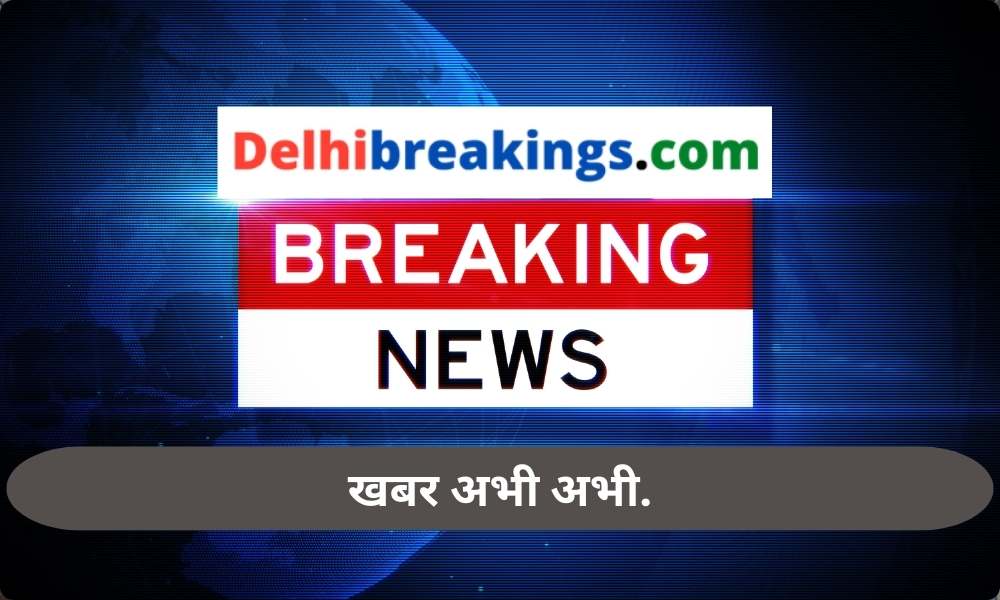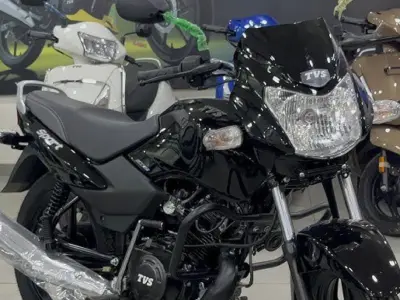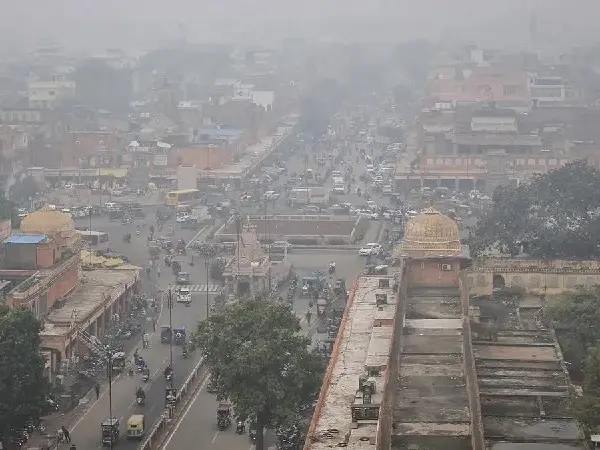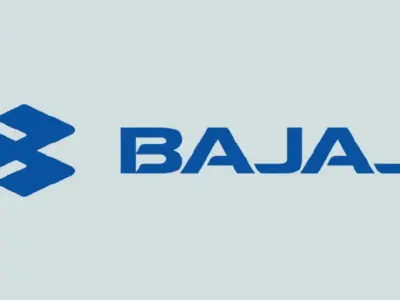DelhiDesk The Indian government has allowed exports of broken rice to other countries to meet their food security needs, despite the export ban on broken rice that remains in place. In the current financial year, India plans to send around 1.05 million tonnes of foodgrains to Nepal, Indonesia, Senegal and Gambia, including 200,000 tonnes of broken rice to Indonesia, 500,000 tonnes of broken rice to Senegal, and 50,000 tonnes of broken rice to Gambia. India had banned exports of broken rice in September 2022 due to concern over production amid below-average monsoon rainfall in key growing states. India is the world’s second-largest rice producer after China, accounting for 40% of global trade.
Follow DelhiBreakings on Google News
Here is the news bullets sorted by DelhiBreakings.com team.
👉 The Indian government has allowed exports of broken rice for meeting other countries’ food security needs.
👉 The export ban on broken rice is still in place, but exports will be permitted based on government permission and requests from other countries.
👉 India will export 300,000 tonnes of wheat to Nepal, 200,000 tonnes of broken rice to Indonesia, 500,000 tonnes of broken rice to Senegal, and 50,000 tonnes of broken rice to Gambia.
👉 The ban on broken rice exports was implemented in September 2022, along with a 20% export duty on non-basmati varieties (except parboiled) to control prices.
👉 India is the second-largest rice producer in the world, accounting for 40% of global trade.
👉 In the 2022-23 financial year, India exported 17.79 MT of non-basmati rice and 3 MT of broken rice.
👉 In December 2022, the government allowed exports of organic non-basmati rice and organic non-basmati broken rice.
For superfast news and Delhi Breaking Stories visti us daily at https://delhibreakings.com





